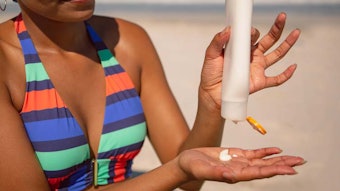Although UVB represents the harmful part of the ultraviolet (UV) spectrum, UVA also needs to be considered in the global protection against sun exposure. There is a consensus on this, and recommendations or regulations on UVA protection are being taken into account throughout the world.
The in vivo persistent pigment darkening (PPD) method, proposed by the Japan Cosmetic Industry Association (JCIA),1 among several other proposals, is the one that has been recommended by the European Union (EU) Commission2 and now also in the imminent publication of 24442 International Organization for Standardization (ISO) normalization.
In the meantime, in vivo testing has also been challenged for ethical reasons due to the conditions of testing. In 2006, the EU Commission2 recommended in vitro method adoption as soon as possible, stating preference be given to in vitro testing methods delivering equivalent results, as in vivo methods raise ethical concerns. Proposals of in vitro methods had been made by BL Diffey and Robson on the principle of transmission measurement of a thin film spread on a substrate.3 The photostability that affects the level of UVA protection may or may not be taken into account. In case, a specific step of irradiation is defined. Different criteria to measure the broadness of absorbance4 or the balance between UVA/UVB5 had also been proposed.










